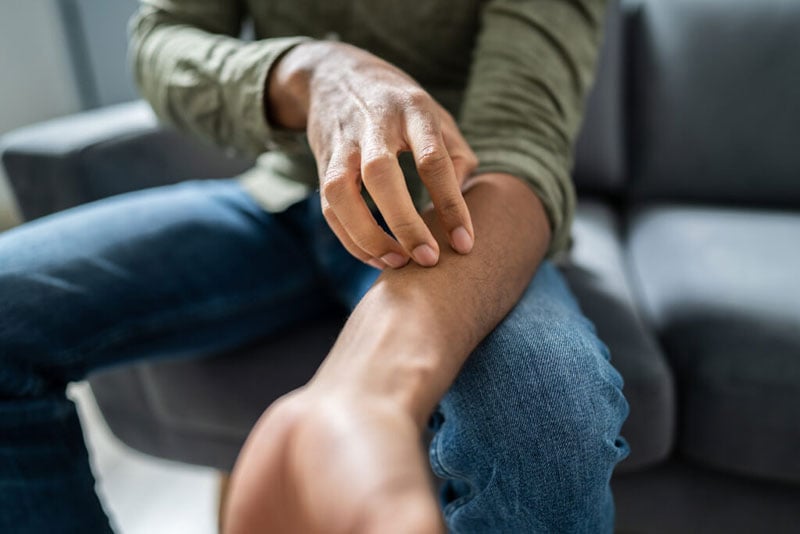Keratosis Pilaris Buttocks Treatment: What Beauticians Need to Know
For many, the term keratosis pilaris might sound unfamiliar, but its an incredibly common skin condition that affects a large number of people. As a beautician, understanding the nuances of keratosis pilaris buttocks treatment is crucial to offering effective solutions and guidance to your clients. This article aims to equip you with the knowledge you need to address this condition with confidence.

Understanding Keratosis Pilaris
Keratosis pilaris, often referred to as 'chicken skin', is a benign condition that manifests as small, rough bumps on the skin. These are typically caused by a buildup of keratin, a protein that protects the skin from infections and other harmful substances. This buildup blocks the hair follicles, leading to the development of these bumps. While it can appear on any part of the body, it is most commonly found on the arms, thighs, and buttocks.
If you're unfamiliar with this condition or want to delve deeper, the British Skin Foundation provides a comprehensive overview of keratosis pilaris.
Identifying Keratosis Pilaris on the Buttocks
Identifying keratosis pilaris on the buttocks involves looking for patches of tiny, rough bumps that may resemble goosebumps or small pimples. These patches can feel dry and slightly itchy. Clients often report feeling self-conscious about the texture and appearance of their skin, making it essential for beauticians to approach the topic with sensitivity and expertise.
Why the Buttocks?
The buttocks are a common area for keratosis pilaris due to the thick skin and larger number of hair follicles. Friction from clothing and prolonged sitting can exacerbate the condition, making it more pronounced on this part of the body.
Effective Treatment Strategies
While keratosis pilaris is harmless, many seek treatment for cosmetic reasons. Here are some treatment strategies beauticians can recommend:
1. Exfoliation
Regular exfoliation is key to managing keratosis pilaris. It helps in removing the excess keratin and dead skin cells that clog hair follicles. Recommend gentle exfoliants like those containing alpha hydroxy acids (AHAs) or beta hydroxy acids (BHAs) to your clients. These ingredients help in smoothening the skin by dissolving the keratin buildup.
2. Moisturization
Keeping the skin well-moisturized can significantly reduce the appearance of keratosis pilaris. Encourage your clients to use creams containing urea or lactic acid, which work by softening and moisturizing the skin, thus minimizing the bumps.
3. Professional Treatments
For more persistent cases, professional treatments such as chemical peels or laser therapy might be considered. These should be performed by qualified dermatologists or skincare professionals. Teledermatology is an emerging field that can also provide remote consultations and treatment plans for such skin conditions.

Lifestyle Modifications
Beyond topical treatments, certain lifestyle changes can help manage keratosis pilaris. Advise clients to avoid tight clothing that can cause friction and to incorporate a balanced diet that supports skin health. Regular exercise and hydration can also play a role in maintaining healthy skin.
FAQs
As a beautician, you'll likely face numerous questions from clients about keratosis pilaris buttocks treatment. Here are answers to some common queries:
1. Can diet affect keratosis pilaris?
While there is no direct link between diet and keratosis pilaris, a diet rich in vitamins and omega-3 fatty acids can help improve overall skin health.
2. Is keratosis pilaris contagious?
No, keratosis pilaris is not contagious. It's a genetic condition, meaning it can't be spread from person to person.
3. How long does it take to see improvement?
With consistent treatment and care, clients may notice improvements within a few weeks. However, maintaining a regular skincare routine is essential for lasting results.
For additional insights into managing keratosis pilaris, consider reading our article on the causes and symptoms of keratosis pilaris on buttocks. Understanding the root cause can help in guiding clients towards more effective treatment plans.

